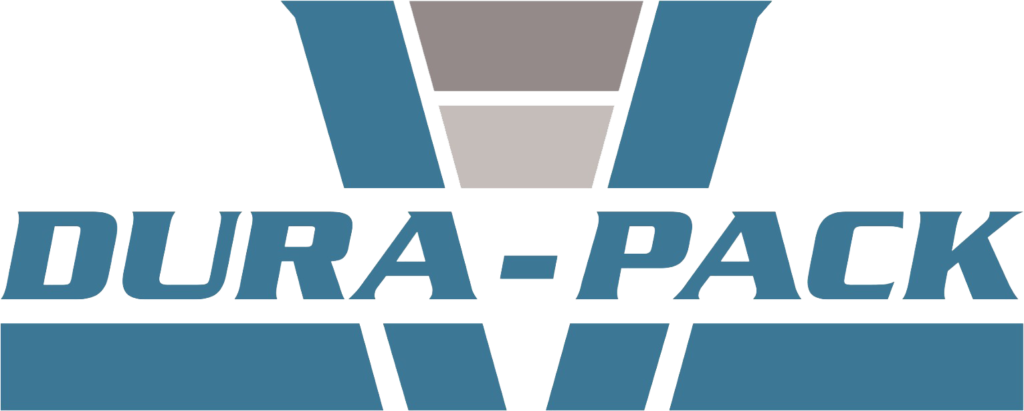When it comes to coffee, packaging is more than just a bag. It’s what keeps your coffee fresh and full of flavor. Without the right packaging, your coffee can go stale fast.
Packaging also helps you stay within the rules. There are laws about how coffee must be labeled and stored. Following them shows your customers that you’re serious about quality and safety.
Depending on where you sell, the packaging materials you use, and how your coffee is shipped or stored, the rules can change. That’s why it’s important to understand what’s required.
Regulatory Requirements
In the U.S., the Food and Drug Administration (FDA) is in charge of food packaging rules, and that includes coffee. These rules are in place to make sure food is safe and labeled honestly.
Your coffee package needs to include some key information:
- The product name
- Net weight
- Ingredient list (especially for flavored coffee)
- Business name and address
- Country of origin (where the coffee comes from)
If you’re selling flavored or specialty coffee, you may also need to include nutrition labels and allergy warnings. These help keep customers informed and safe.
For those importing coffee, you don’t need a special license in the U.S., but you do have to follow FDA import rules and work with a licensed customs broker. If you’re selling to other countries, make sure to check their specific regulations too. Every place is different.
Coffee Packaging Materials and Protection
Coffee is sensitive. It can go stale or lose flavor if not packaged well. Two of the biggest problems are air (oxygen) and moisture. Oxygen makes coffee lose its freshness, and moisture can cause mold or ruin the taste.
That’s why many coffee companies use strong packaging materials. Some bags even have one-way valves. These let gases from the beans escape without letting outside air in. This helps keep the coffee fresher for longer.
Eco-friendly options are also becoming more popular. You’ll see compostable bags, recyclable packaging, and reusable tins or boxes. These choices are great for customers who care about the environment.
| Material Type | Protection Level | Eco-Friendly? |
|---|---|---|
| Foil-lined bag | High (blocks air and light) | No |
| Kraft paper with plastic liner | Medium | Partially |
| Plastic pouch | Medium to High | Some recyclable |
| Compostable bag | Low to Medium | Yes |
| Metal tin | High | Reusable |
Coffee Packaging for Different Purposes
Coffee packaging isn’t one-size-fits-all. The right style depends on how the coffee will be sold or shipped.
For retail, the packaging should look good and keep the coffee fresh on shelves. Most of these are sealed bags with printed logos or labels.
For shipping, like online orders or bulk sales, durability matters more. Coffee needs strong packaging to protect it during travel and prevent spills or damage.
Single-serve, retail, and wholesale all have different packaging needs:
| Use Case | Packaging Style | Common Size |
|---|---|---|
| Retail sale | Sealed branded bag with label | 12 oz / 1 lb |
| Single-serve | Pods or sachets | 5–15 grams |
| Wholesale/Bulk | Large foil or plastic-lined bags in boxes | 5–25 lbs |
| Online shipping | Protective padded bags or boxes | Varies |
Storage and Shelf Life
Even great packaging won’t help if coffee isn’t stored properly. Coffee should be kept in a cool, dry place, away from heat, sunlight, and moisture.
Bags with one-way valves are excellent for storing freshly roasted beans. Some bags have zip locks for resealing. Others are heat-sealed and need to be clipped or transferred to a container after opening.
For customers, resealing matters. If they can’t close the bag easily, their coffee will go stale. That’s why some brands use reusable tins or lined boxes. These options help keep coffee fresh after the bag is opened.
Business and Practical Considerations
Thinking about starting your own coffee business? Here are some key points to keep in mind.
If you’re importing green coffee beans into the U.S., you don’t need a special license. But you do have to follow customs rules and FDA safety checks.
If you plan to roast and sell your own beans or open a coffee shop, you’ll need the right setup and equipment. A basic starter list includes:
-
Commercial coffee grinder
-
Espresso machine or drip brewer
-
Coffee roaster (if you’re roasting beans yourself)
-
Bag sealer
-
Labels and printers
-
Storage containers and shipping boxes
For small operations, this equipment covers the essentials. But once you’re working at a larger scale, you’ll also want industrial coffee bagging equipment. These machines can speed up production, improve consistency, and reduce labor costs, making them a smart investment for wholesale or bulk coffee businesses.
Conclusion
Coffee packaging isn’t just about holding beans. It keeps your coffee tasting great, helps you follow the rules, and builds trust with your customers.
Make sure your packaging includes the right labels, uses materials that protect the coffee, and fits how you plan to sell it. Eco-friendly options are a smart bonus, especially for today’s buyers.
In the end, good packaging shows that you care about your product, your customers, and the planet.
